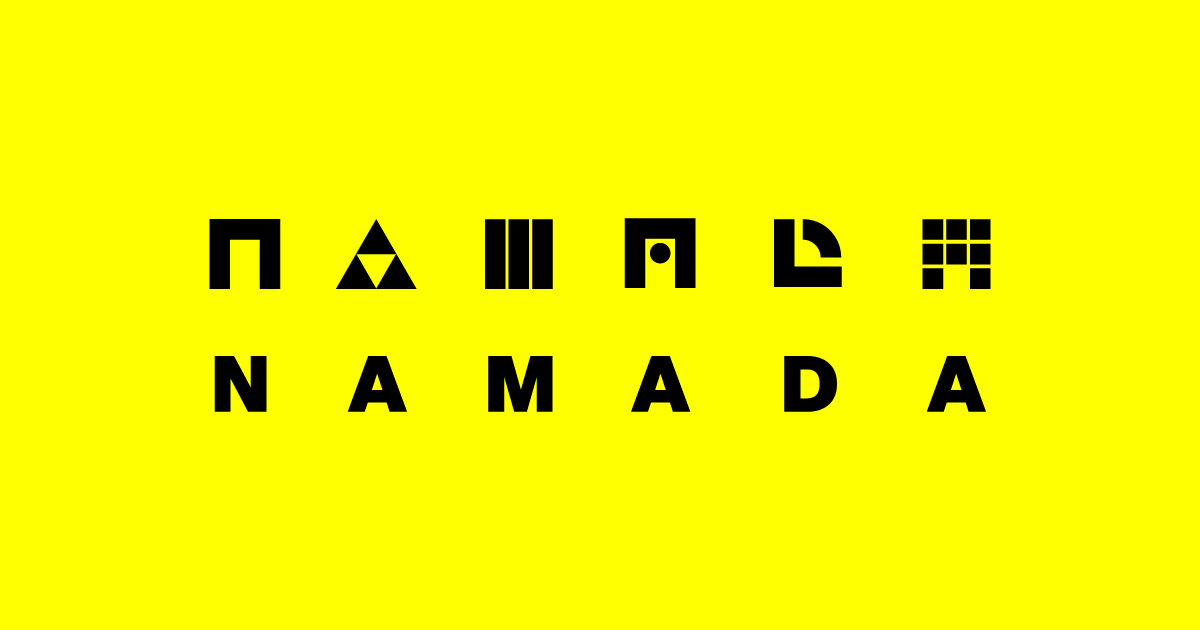PoA 2.0 is set to be released and start a new era for blockchain

Source: Akarat Phasura – Shutterstock
- The VeChain blockchain development team chose to design and implement a finality gadget to run two modes of consensus instead of replacing Proof-of-Authority (PoA) consensus.
- The final phase of PoA 2.0 has run on the testnet and the stakeholder should activate the deployment on the mainnet.
Recently Peter Zhou of VeChain tweeted that the final phase of PoA 2.0 (FOB finality or VIP-220) has run as expected on the testnet. He added that he is looking forward to the stakeholder vote that enables the deployment of the mainnet network.
Hi #VeFamthe final phase of PoA2.0, i.e. the VIP220 or FOB finality gadget, has run as expected on the testnet, and I look forward to the vote for all stakeholders that will enable mainnet deployment. #VeChain $KNOW
— Peter Zhou Ⓥ (@PeterZh47977516) 26 September 2022
According to the VeChain development team, PoA 2.0 will combine the various types of blockchain consensus to achieve the holy grail of real-world mechanisms. Block finality provides an absolute security guarantee for blocks that meet specific conditions. It is an important feature for any modern blockchain system, which is why the VeChain blockchain development team has pursued this feature to improve the consensus algorithm.
The VIP-220 proposal
The team proposed to design and implement a finality gadget (known as finality with one bit, FOB). Thus, they can run dual consensus modes (Nakamoto and BFT consensus) simultaneously instead of replacing Proof-of-Authority consensus with a completely new one. A FOB has a simple design with little redundancy to the current PoA-built Thor protocol.
Besides achieving block termination, this proposal, known as VIP-220, also proposed introducing minimal complexity to the current PoA-based system. This reduces possible risks created by implementation errors and unknown design flaws. In the case of Nakamoto Consensus, there is always a probability of a reversal of transactions due to double spending.
Although there may be security issues with the Nakamoto consensus mechanism, it has proven to be usable and feasible in adverse network environments. Thus, the VeChain development team proposed the “finality gadget” as an addition to the Nakamoto consensus. The introduction of a finality gadget means that it will “finalize” any transaction, which the Nakamoto consensus mechanism has confirmed.
However, a finality gadget must satisfy two conditions. The final block must:
- A block on the original Nakamoto chain
- A confirmed block on the chain above.
While the finality gadget and the BFT mechanism share some similarities, it is impossible to run a BFT algorithm in parallel with a finality gadget because the completed block is not a block on the original Nakamoto chain.
It is worth noting that the blockchain liveness nature of the viewless BFT (VLBFT) makes it the perfect building block for the finality gadget. The voting mechanism is a significant difference between finality gadgets (such as Casper and Grandfather) and FOBs.
Finality gadgets introduce a separate voting mechanism, while in FOB it is not a problem since votes are cast directly in blocks with an extra bit. Many of the current finality gadgets are also built using the view-based paradigm of BFT algorithms. Conversely, nodes are implicitly locked in FOB nodes.


